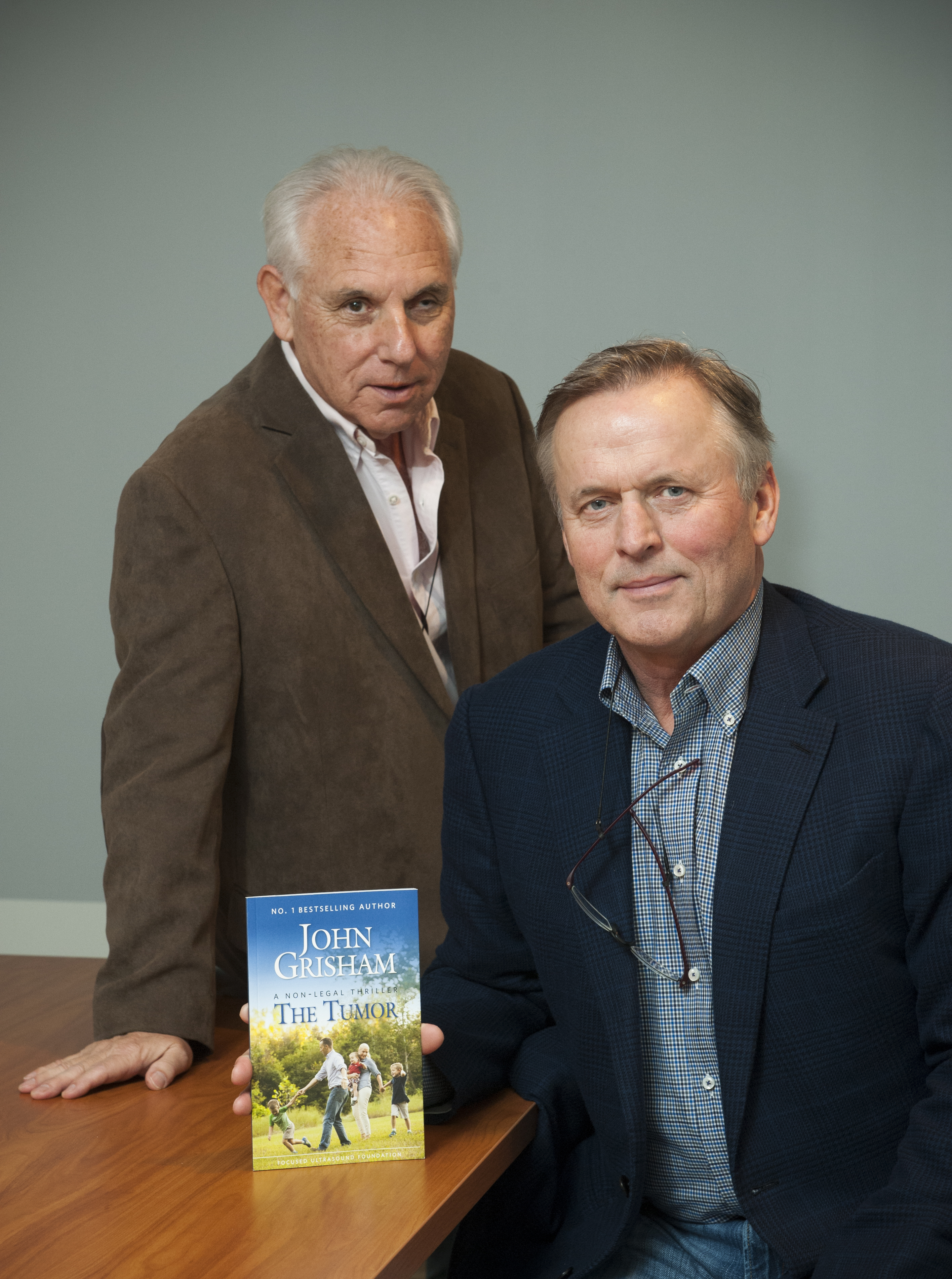
Your latest book, The Tumor, is based on a new technology known as focused ultrasound. Could you explain a bit more about what this is?
Focused ultrasound is an early stage technology that uses ultrasonic energy guided by real-time imaging to treat tissue deep in the body without incisions or radiation. Multiple intersecting beams of ultrasound are directed and concentrated on a target, much like a magnifying glass can focus multiple beams of light on a single point.
Where each individual beam passes through the tissue, there is no effect. But, at the focal point, the convergence of the beams of focused ultrasound energy results in many important biological effects depending on the nature of the tissue and the ultrasound parameters.
What was it that inspired you to write a novel on this technology?
It is not a novel, but rather a short book that follows the experience of a fictional character with a brain tumor, along with some information about the technology and the Focused Ultrasound Foundation.
Lack of awareness about focused ultrasound is a major impediment to the development of widespread use of this promising technology.
Lack of awareness about focused ultrasound is a major impediment to the development of widespread use of this promising technology. I wrote the book as a way to inform a broad range of audiences about the potential that focused ultrasound has to improve the lives of large numbers of people with a host of medical conditions.
Additional laboratory research and clinical trials are also needed to ensure widespread adoption of the technology.
About nine years ago my friend Neal Kassell started talking to me about this new technology that he felt could in the future revolutionize therapy. And seven years ago Neal, and several other people I know who were involved with focused ultrasound, convinced me to join the board of the Foundation.
How did you work with the Focused Ultrasound Foundation to ensure the information in your book was correct?
While I developed the fictional characters and wrote their story in the book, the Foundation worked with me to provide information about the technology and ensure that everything was accurate.
How important do you think it is to combine these developing technologies with fictional stories?
We are trying to interest and educate the public about a complex medical technology with many potential applications. By incorporating storytelling, I was able to get their attention and have readers dive into the short book. If it was just a dry piece on a new technology, general members of the public would not be interested.
For more information on developments in the field of focused ultrasound, read the latest articles in the Journal of Therapeutic Ultrasound, the official journal of the Focused Ultrasound Foundation.
Comments